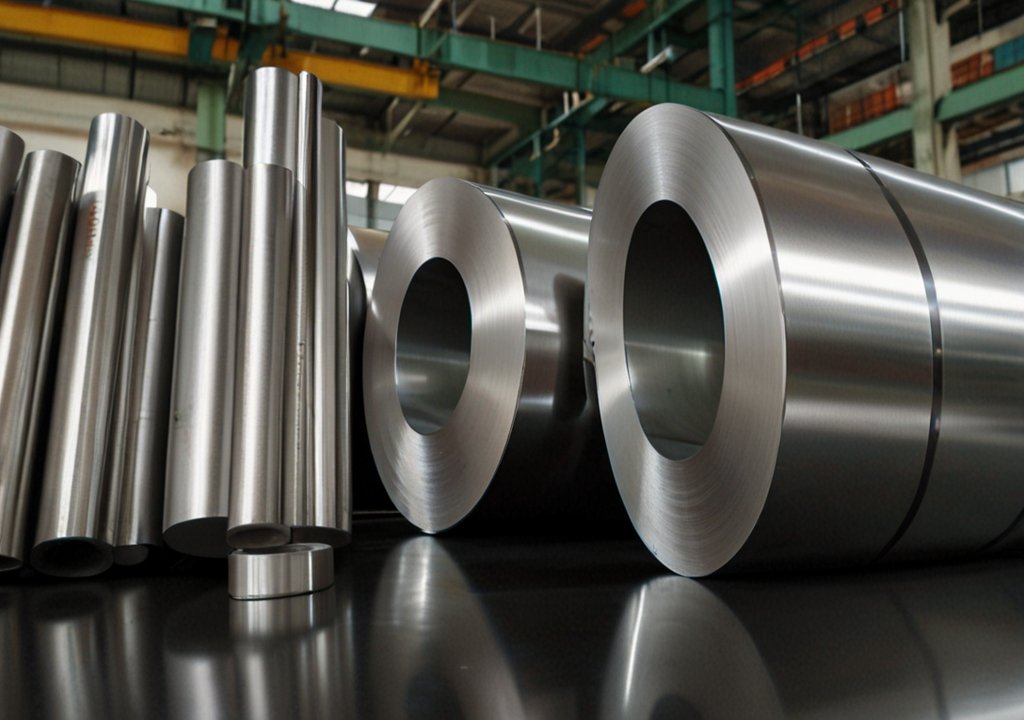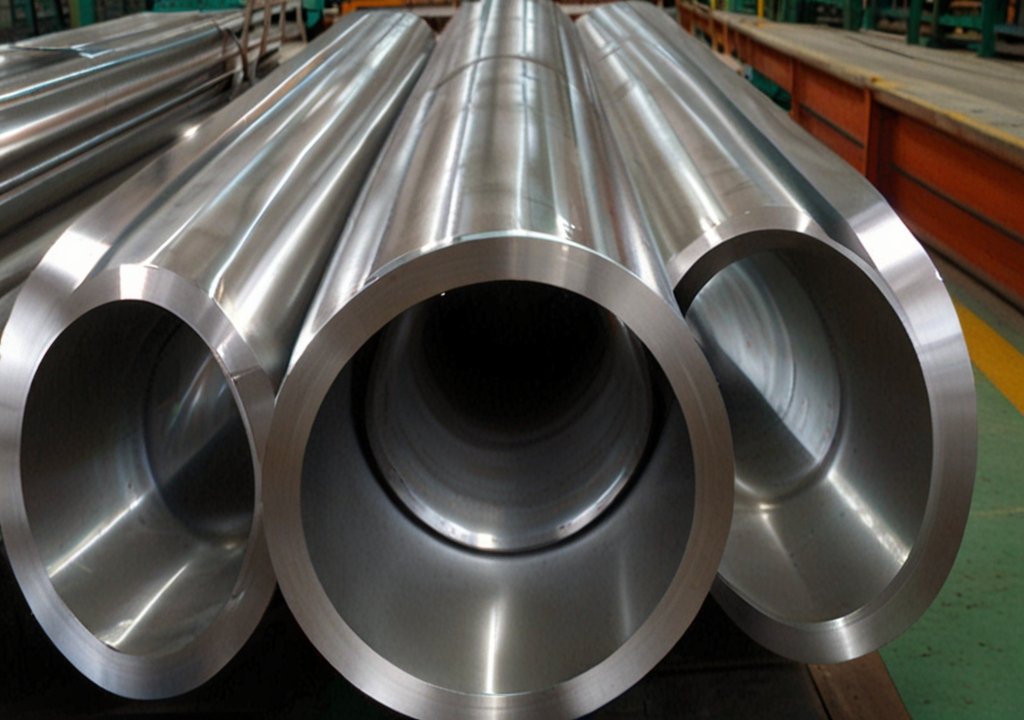Table of Contents
- Introduction to 316/316L Stainless Steel
- Key Mechanical Properties
- Industrial Applications
- Advantages Over Other Alloys
- Maintenance and Durability
- Environmental Impacts
- Future Trends in Stainless Steel Usage
- Conclusion
Introduction to 316/316L Stainless Steel
Because of its exceptional blend of strength, dependability, and versatility, 316/316L stainless steel stands out in the broad field of metallurgy. 316/316L stainless steel is frequently the material of choice for settings that require robustness and longevity because of its extreme corrosion resistance. This alloy, enriched with elements such as molybdenum, enhances its strength and malleability, making it a go-to solution for various industrial applications. Indeed, 316l stainless steel has become a fundamental material across numerous sectors due to these distinct attributes.
The alloy’s suitability extends to crucial sectors like healthcare and maritime, offering unmatched performance in challenging environments. Its seamless blend of affordability, functionality, and adaptability has significantly broadened its range of uses. With rising interest in durable materials, exploring why this stainless steel variant has secured such a valued place in modern industry is imperative.
Key Mechanical Properties
316/316L stainless steel is renowned for its exceptional mechanical properties, contributing to its widespread appeal in various industries. One of its most remarkable features is its excellent resistance to corrosion, which makes it ideal for applications where chemicals, salts, or moisture are constantly present, such as those in industrial and maritime settings. The alloy’s high tensile strength allows it to withstand substantial stress and pressure, offering reliability under demanding conditions.
Furthermore, adding molybdenum enhances corrosion resistance and extends the alloy’s protection against chloride pitting and crevice corrosion, which is crucial for environments such as coastal and chemical processing applications. This amalgamation of properties supports the alloy’s ability to perform in high and low temperatures, proving its versatility across various industrial applications.
Industrial Applications
The range of applications for 316/316L stainless steel is extensive, underscoring its role as an indispensable asset in many industrial sectors. In the construction industry, this alloy is utilized for architectural facades and structural frameworks thanks to its durability and aesthetic finish. Its resilient nature makes it particularly useful in high-stress applications, where safety and longevity are paramount.
Within the healthcare sector, 316/316L stainless steel’s non-reactive nature is well-suited for producing surgical instruments, implants, and various medical devices. Its resistance to bodily fluids and cleaning agents ensures it remains safe and effective in medical environments. The maritime industry similarly benefits from its use, exploiting its resistance to seawater for shipbuilding, marine structures, and offshore platforms. Continued industrial research breakthroughs have only further expanded the potential applications, driving innovation in its usage.
Advantages Over Other Alloys
Compared with other stainless steel alloys, 316/316L stainless steel presents distinct advantages catering to specific industrial needs. Its exceptional corrosion resistance provides a clear edge over competing alloys, especially in environments that would rapidly degrade less robust materials. This property is particularly valuable in industries involving chemical processing, oil and gas, and maritime ventures.
Moreover, its cost-effectiveness and sustained high performance make it a desirable option for projects requiring long-term infrastructure investments. The reduced carbon content of the 316L version minimizes the possibility of carbide precipitation during welding, which can jeopardize the integrity of the material in applications involving high temperatures. As a result, this variant is preferred for welded structural applications requiring enhanced durability.
Maintenance and Durability

Even the most resilient materials need regular maintenance to perform at their best, and 316/316L stainless steel is no exception. Routine cleaning is essential to preserve its lustrous appearance and prevent surface contamination. For general maintenance, using mild detergents alongside water is recommended to clear away dirt and contaminants without causing damage.
Utilizing non-abrasive cleaning tools is necessary to avoid scratching the stainless steel surface, which helps maintain its protective passive layer. Routine inspections to find any early indications of pitting, discoloration, or surface flaws can considerably increase the alloy’s lifespan, guaranteeing its continuous use and visual appeal. By following these maintenance protocols, businesses can effectively safeguard their investment in stainless steel infrastructure.
Environmental Impacts
In today’s environmentally conscious climate, the sustainability of materials is increasingly scrutinized. Fortunately, 316/316L stainless steel is commendable for its eco-friendly and recyclability attributes. Most stainless steel products are recycled at the end of their life cycle. This conserves resources and reduces landfill waste, creating a more sustainable industrial ecology.
Nevertheless, the environmental implications of its production processes should not be overlooked. The industry continues introducing measures like controlled emissions and energy-efficient practices to mitigate adverse environmental impacts. These efforts are part of a broader mission toward green production methods, which align with the general push to minimize the carbon footprint associated with manufacturing.
Future Trends in Stainless Steel Usage
Technological advancements and sustainability efforts are shaping the trajectory of 316/316L stainless steel. Innovative techniques in stainless steel production are broadening its applications and improving its properties, such as increasing corrosion resistance and enhancing strength and malleability. Continuous metallurgical research is pivotal in unveiling these improvements.
Simultaneously, the industry is progressing towards integrating more sustainable practices. With an increasing emphasis on eco-friendly materials, manufacturers are focusing on increasing the recycled content of their products and considering lifecycle assessments as a measure of sustainability. These emerging trends promise to fortify the application of 316/316L stainless steel in existing and new markets, underscoring its future in modern industries.
Conclusion
The collective attributes of 316/316L stainless steel—its strength, resilience to corrosion, and applicability across numerous industries—highlight its pivotal role in current manufacturing and engineering endeavors. Its cost, durability, and multifunctionality balance solidify its status as a staple material. As the industry landscape evolves, this extraordinary alloy is positioned to meet impending challenges and adapt to emergent trends, ensuring its persistent relevance and utility in years to come.











